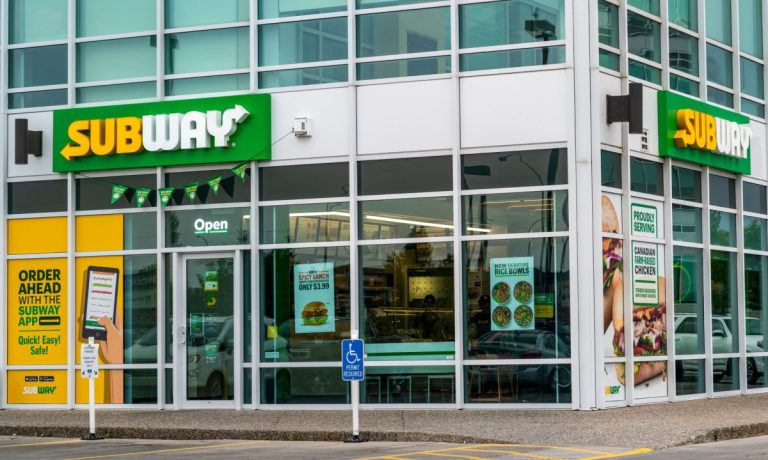
This week in restaurants, Subway gets closer to selling, and eateries’ sales and workforces grow.
In quick-service restaurant (QSR) giant Subway’s reported ongoing effort to sell the company, 10 or more potential buyers are in the mix, as The Wall Street Journal (WSJ) said Thursday (April 13) citing sources “familiar with the matter.”
Following a first round of bids in March, the people related, wherein some buyers were rejected for offering too low a price, more than 10 potential buyers, including well-known private equity firms, are headed toward a second round of bidding, which is expected to close in the next couple of weeks.
Subway declined to comment when reached by PYMNTS, citing the February press release in which the company announced it was exploring the possibility of a sale.
The news of Subway’s auction comes at a time when inflationary pressures are weighing heavy on the QSR industry, when consumers’ expectations of deals and discounts further compromise restaurants’ already narrow margins.
Research from PYMNTS’ March study, “Connected Dining: Consumers Like the Taste of Discount Meals,” which is based on a February survey of a census-balanced panel of more than 1,800 U.S. consumers, finds that the average meal discount at QSRs amounts to 25%. Plus, 26% of consumers had paid a reduced price on their most recent restaurant meal, up significantly from the 14% that said the same back in March 2022.
For all these expectations of discounts and cost-saving initiatives, consumers are increasing their spending at restaurants.
Advanced data shared by the U.S. Census Bureau Friday (April 14) reveals that in March, food services and drinking places (i.e., bar and restaurant) sales rose to $96.5 billion, up 15% from just the month before and 17% relative to March 2022.
The news comes as restaurants do everything in their power to keep consumers coming despite inflationary pressures, looking to drive adoption of their loyalty programs such that they can boost visit frequency.
The same Connected Dining report noted that 51% of consumers now report using a restaurant loyalty program, with 49% participating in these programs at QSRs and 34% at full-service restaurants (FSRs). This marks a significant increase from a year ago, when just 45% of consumers used restaurant loyalty programs — 43% at QSRs and 32% at FSRs.
These programs aim to combat consumers’ tendency to cut back on restaurant dining when their budgets are constrained. Data from “The 2022 Restaurant Digital Divide: Restaurant Customers React to Rising Costs, Declining Service,” for which PYMNTS surveyed more than 2,300 U.S. consumers, reveals that roughly a third of consumers have been making purchases from restaurants less frequently amid inflation.
Individual restaurants may continue to have difficulties here and there maintaining staffing levels, but overall, the industry’s workforce has recovered.
Recently released data from the U.S. Bureau of Labor Statistics (BLS) reveal that, in March, the total number of bar and restaurant employees rose to 12.3 million, up about 50,000 from the previous month and 667,000 from a year earlier. This increase makes for more than two years straight of employment growth in the industry month to month.
Yet, the rise of digital ordering and off-premises dining, which spiked during quarantine and have remained above pre-pandemic levels, mean that restaurants are being called upon to meet more of consumers’ day-to-day food needs, such that staffing numbers alone may not be the best measure of how crunched for labor the average restaurant is.
The same “Restaurant Customers React to Rising Costs, Declining Service” study observed that half of restaurant customers have seen eateries reduce their hours or shutter their dining rooms in this inflationary period, 34% have observed longer order processing times and 27% have experienced lower quality service. These findings suggest that, while the workforce may be growing, restaurants are not out of the woods when it comes to labor challenges.